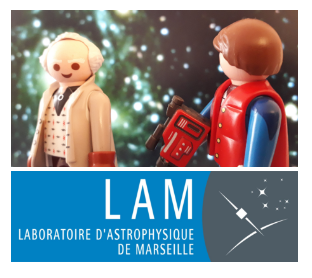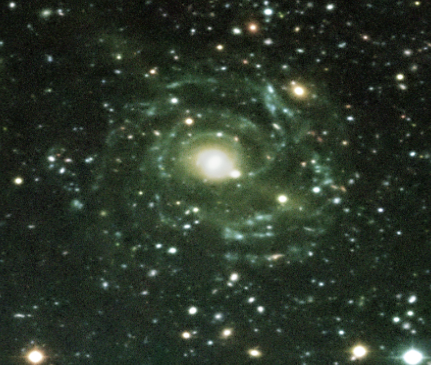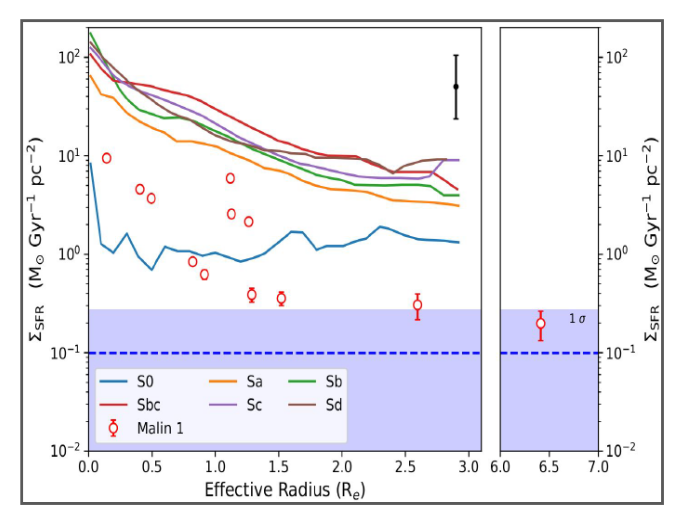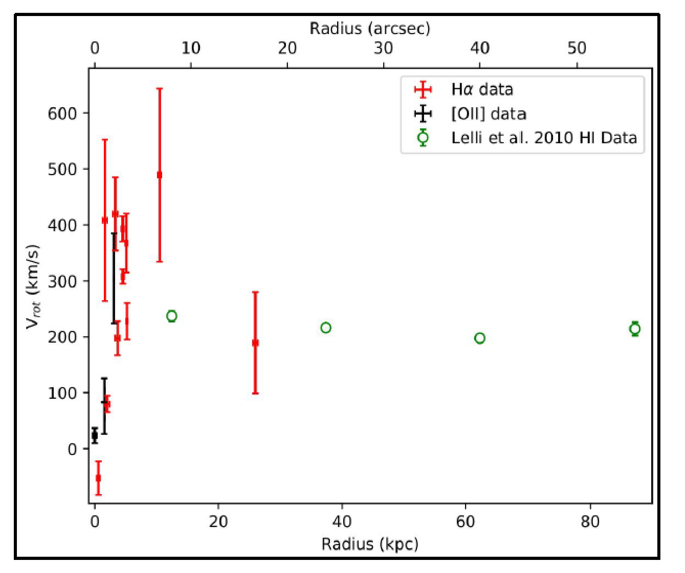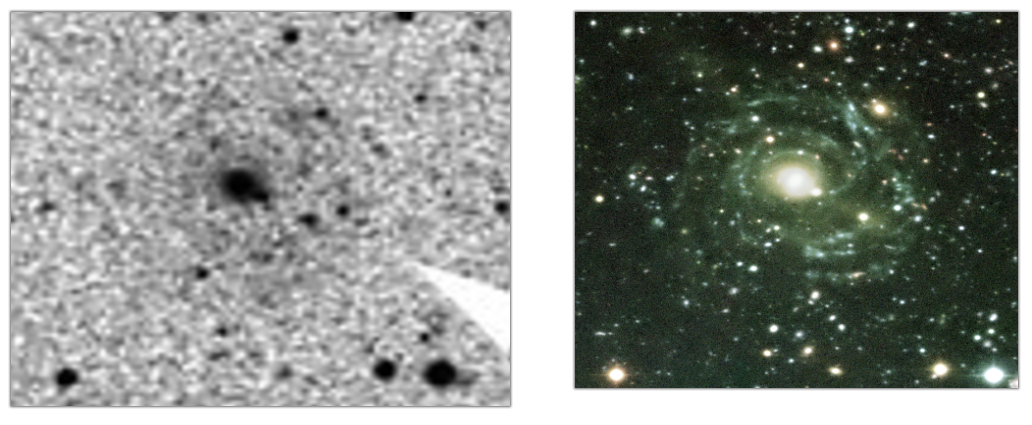
Malin 1 is a massive, large (over 200 kpc in diameter) galaxy at only a few hundred megaparsec from us. However it was unoticed until it was imaged by David Malin (left). On the right, on the same scale, we show a CFHT MegaCam image from the NGVS survey (Boissier et al. 2016), in which the huge disk really reveal itself owing to the depth of the data.
What made this galaxy so hard to detect is the incredible low surface brightness of its giant disk : the extrapolated central surface brightness of the disk is fainter than 25 mag arcsec-2.
Many other Low Surface Brightness (LSB) galaxies are known, but Malin 1 is the most striking example of the Giant LSBs (see below).
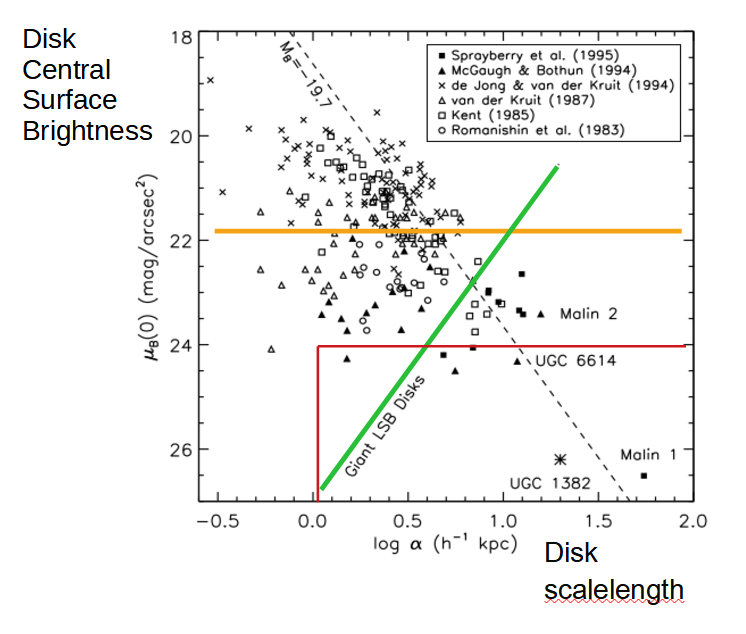
Among LSB galaxies, Sprayberry et al. (1995) defined "Giant LSBs" by using a "diffuseness" criterium (based on scale-length and surface-brightness). Giant LSBs are massive galaxies, similar to regular spiral galaxies, that are however much more diffuse than them. Malin 1 is the most extreme in this class.
Other new definitions for selecting LSB, "unusual" galaxies have been proposed recently. They include the "Ultra Diffuse Galaxies definition (UDGs, Van Dokkum et al. 2015, koda et al. 2015) indicated as the red box in this diagram (assuming a disk geometry to convert effective radius to scalelength to use the same diagram). Lim et al. (2020) also proposed to define unusual galaxies based on their distance from normal scaling relationships.
Please also listen to Junais' talk for more on a sample of diffuse galaxies/UDGs/outliers in the Virgo cluster.
The figure is based on Hagen et al. (2016) who showed that we still find new analogues to Malin 1.
